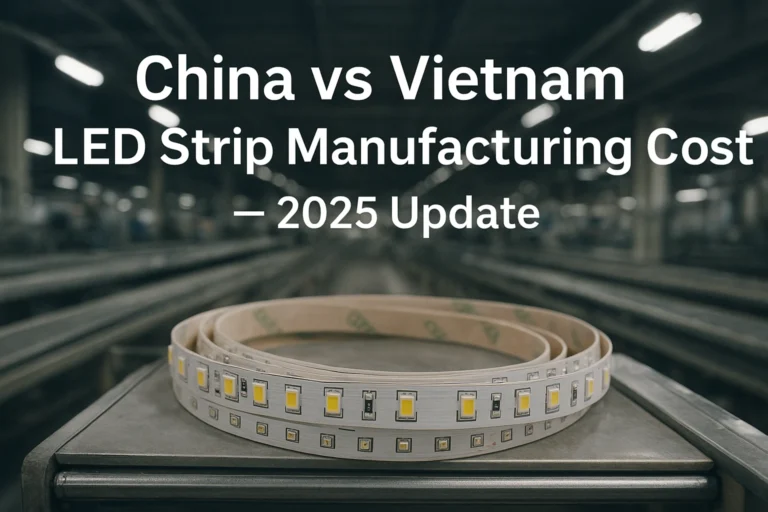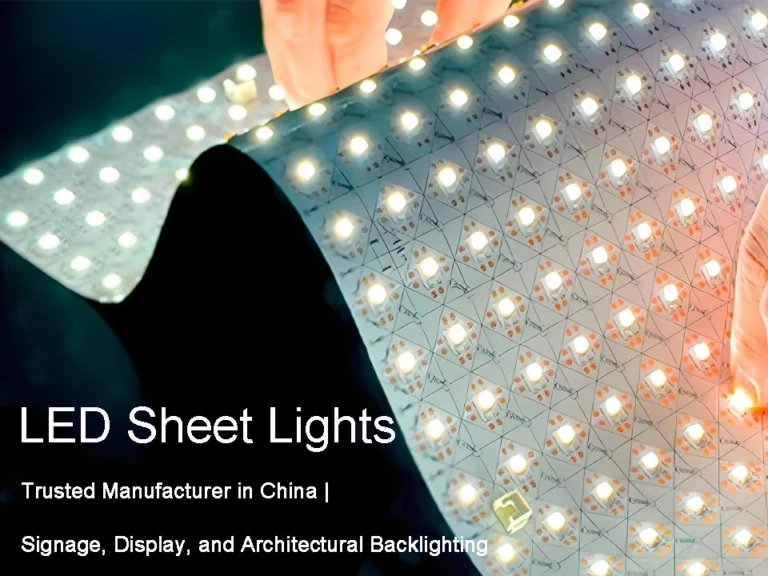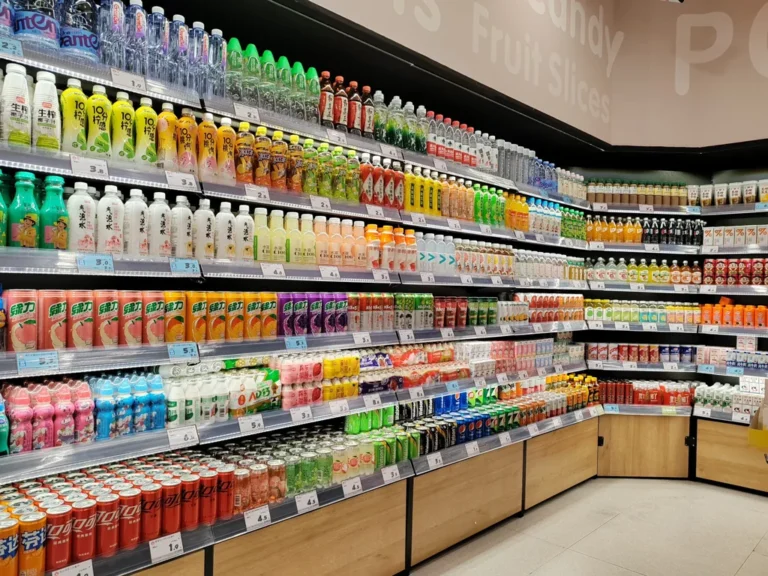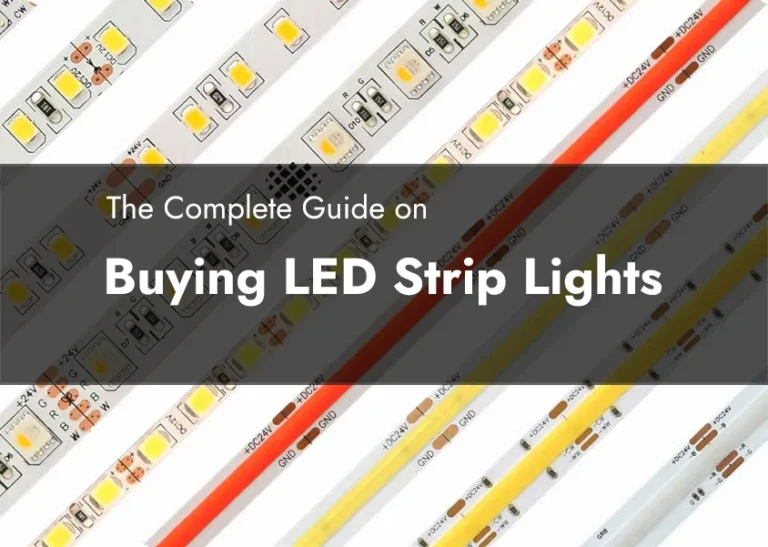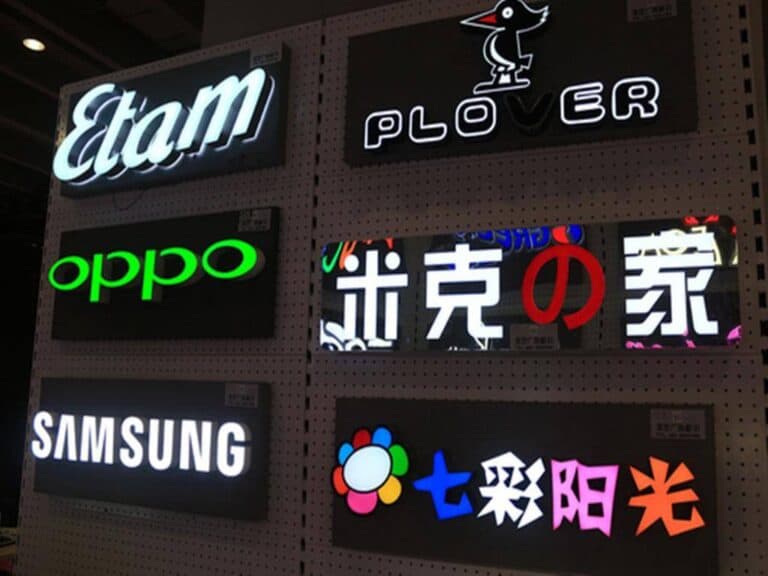LED injection molding modules are high-end products, and have their own specifications and requirements in the production process, including welding, storage, placement, etc. Let’s take a look at these specifications and requirements together.
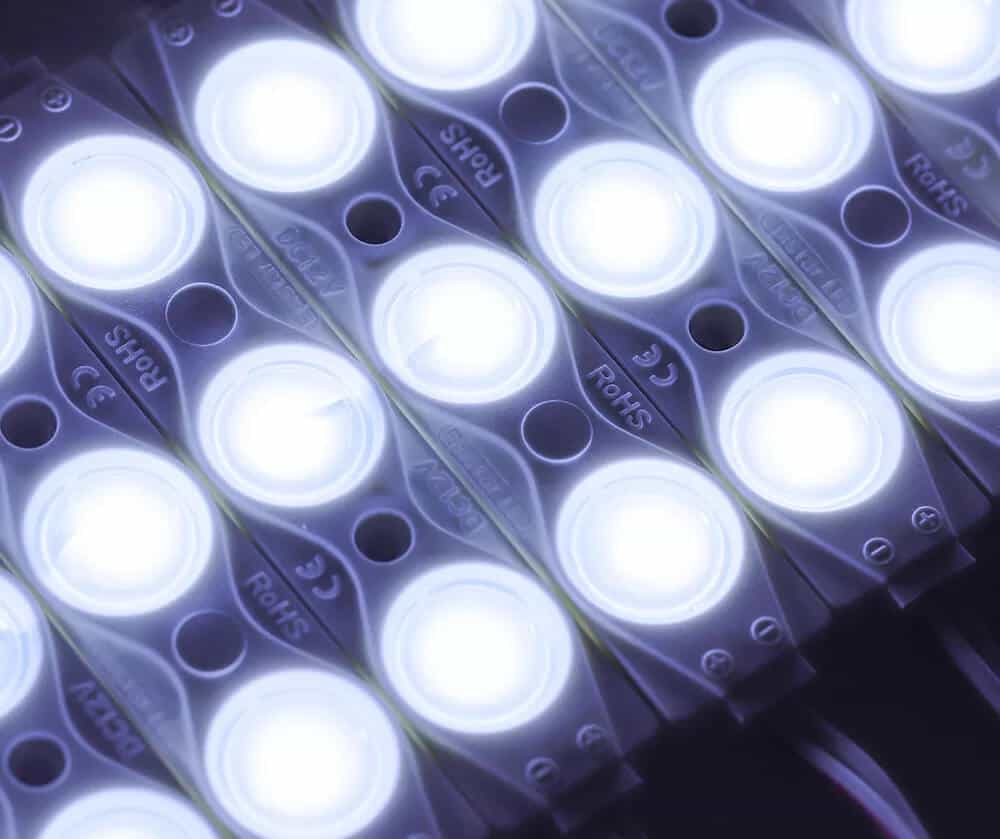
First, precautions for automatic placement and reflow soldering
1. Note that reflow soldering should not exceed twice.
2. In order to ensure the quality and reliability of the LED in the LED injection molding module, it can be packaged with silica gel. The surface of the colloid is soft. During the welding and heating process, do not apply pressure to the surface of the LED in the LED injection molding module.
3. In the selection of the suction nozzle, choose the suction nozzle with the appropriate size and pressure (try to absorb the plastic part of the product), so as not to cause damage to the product due to excessive pressure.
Second, manual Soldering Requirements
The LED in the LED injection molding module needs to use a constant temperature soldering iron, the maximum temperature should not exceed 300°C, and the welding time should be controlled within 3 seconds. The material cannot be welded repeatedly.
Third, storage conditions
Before opening the package, the LEDs in the LED injection molding module can be stored for one year when the temperature does not exceed 30°C and the humidity does not exceed 60%RH. in the wet box.
After opening the package, after unsealing, the LEDs in the LED injection molding module shall be placed in the SMT within 24 hours under the condition of ≤30℃≤70%RH relative humidity, and the unused products shall be vacuum-packed again and placed in a sealed container, a desiccant must be used at the same time. If it is stored for more than 7 days, dehumidification is also required for the next use, and the dehumidification condition is 75°C for 12 hours (materials of different BINs cannot be mixed at the same time).
Fourth, take materials
In the process of using the LED in the LED injection molding module, try to avoid or reduce the pressure applied to the surface of the LED. In addition, avoid any sharp objects from piercing the colloid. In short, even if the encapsulation material is not made of silicone resin, it can effectively prevent the colloid from being scratched. When using LEDs, it is best to clamp them on both sides for operation. When using a placement machine to assemble, choose a suitable nozzle It is also very important. Usually, in order to avoid excessive pressure on the silicone resin on the surface of the LED by the suction nozzle, it is necessary to choose a suction nozzle that is slightly larger than the surface of the LED colloid.
